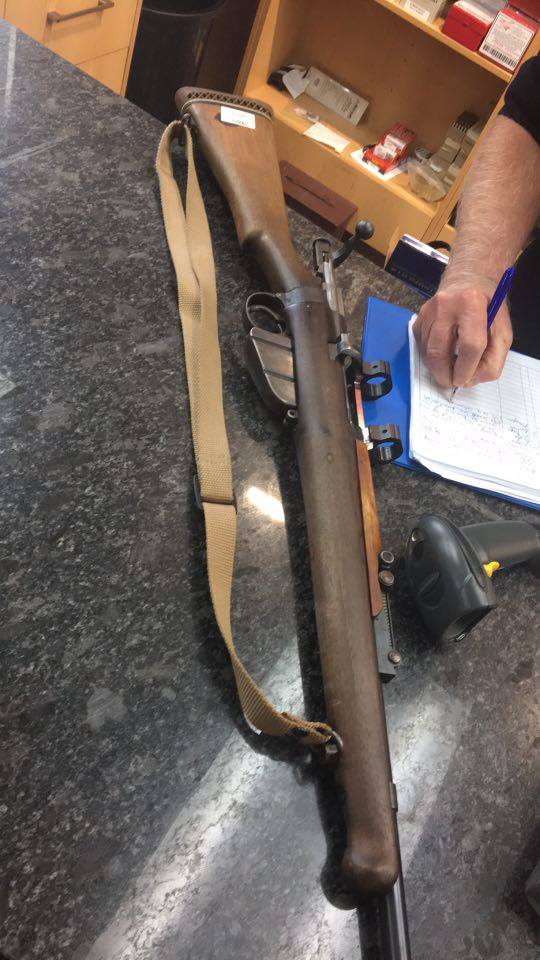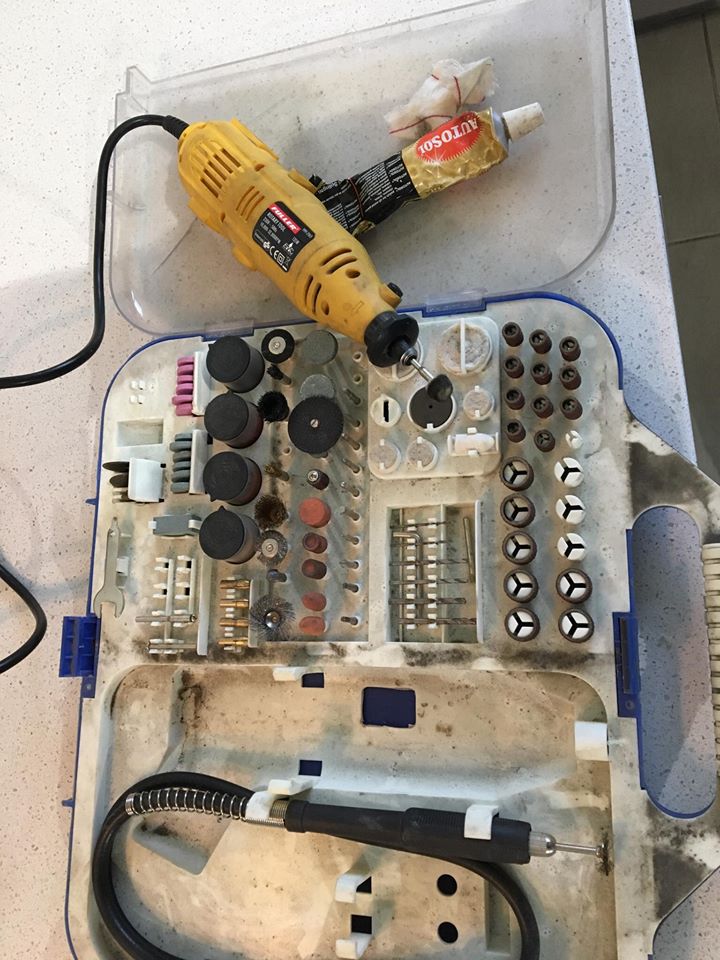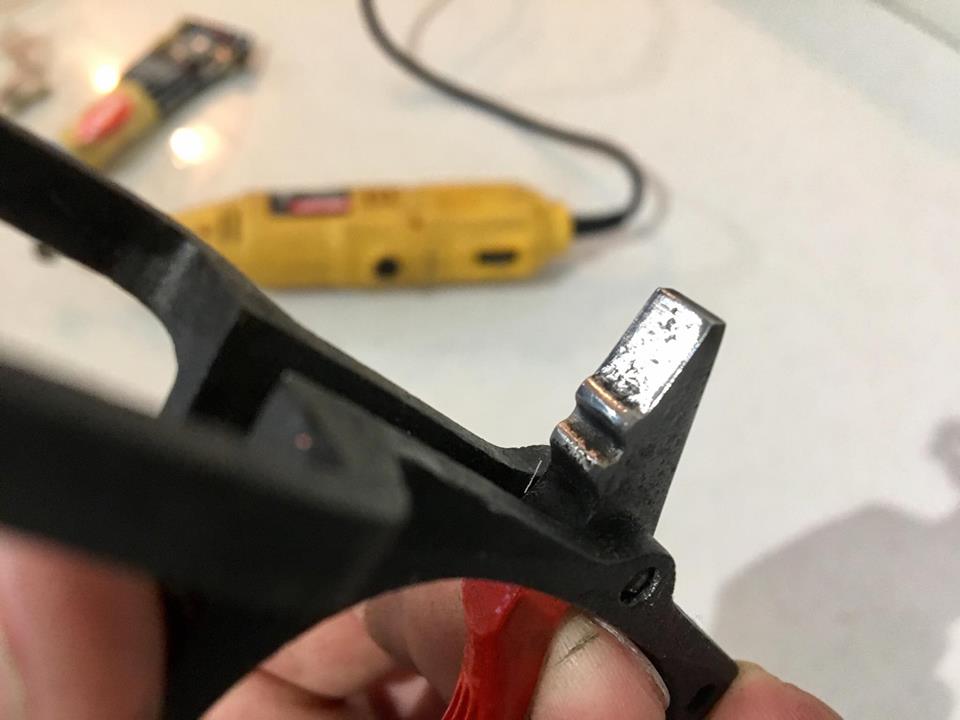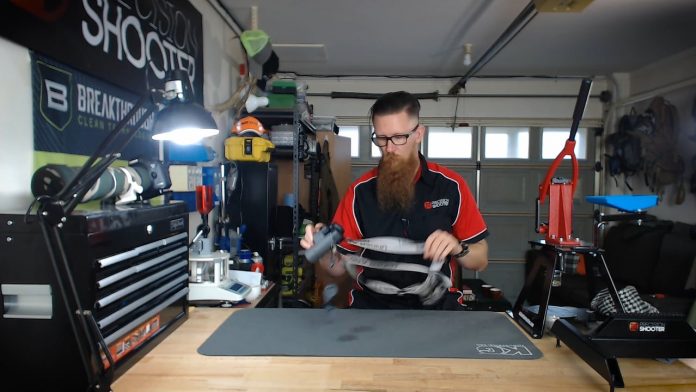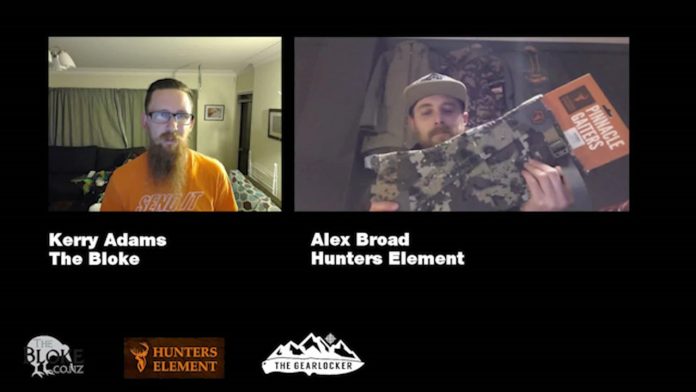Hey guys, you may have noticed we have been very busy at Precision Shooter lately. With Kerry “retiring” to spend more time on the page, and the competitions and courses in the works, you could be forgiven for thinking we wouldn’t have much time to do anything else! Well, that hasn’t quite been the case. I recently saw a post from Geoff Phillips from The Gun Rack that inspired me (hop over and give his page a like on facebook, or at www.gunrack.co.nz).
Now, this isn’t the sort of rifle you’d perhaps expect from us, as “Precision” is our mantra. This isn’t going to be a sub MOA, clover leaf tack driver, oh no, it is more of a “hit something kind of over there” type rifle. After seeing Geoff’s build, something primal triggered inside me and I decided I wanted, no NEEDED, one of my own.
I feel as though going away from the hi-tech, state of the art pinpoint accurate rifles we are used to, back to grass roots, bare bones, a cheap and FUN rifle is a welcome change of pace, and a fun plinker is the whole idea behind the build. And what better starting point for a build than a venerable old .303 SMLE. A lot of NZ shooters will have had experience with an old LE at some point, many still remember the wince of pain received from the boot of the brass butt plate on their young shoulder from Grandad’s old rifle at an early age. Or for many it may have been the first rifle, with the cheap price point making it easily affordable to a beginner shooter, making it the perfect starting point for a back to basics build.
I can almost hear the Lee Enfield purists grumbling and scrolling on, however, bear with me on this one. A trip to my local gun shop was in order in search of a rifle to begin building from. After asking for a sporterized “three oh” (no butchering of all original pieces of history will be happening here thank you very much!), a nice example for $400 was brought out to me. This rifle was as flawless as a hacked up LE could be, however, this is not what I was after.
With the idea of the sacrilege that would be occurring fresh in my mind,
I asked the clerk, “Do you have anything shit, I mean really bad, rusty, cut up and most importantly cheap”. Another trip out the back resulted in this $150 nugget that looked as though half of its life was spent underwater, and for the other half, it had been dragged behind a truck. Perfect! The bore is surprisingly bright and has no pitting, and the price was right, so I left the not so proud owner, of possibly the rattiest example I have ever seen.
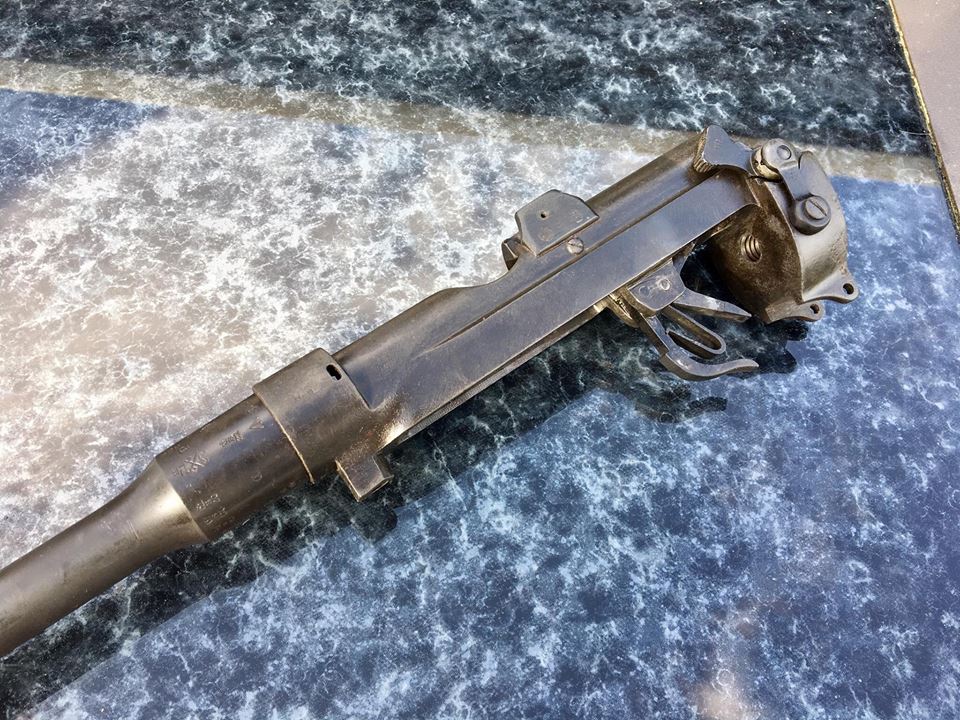
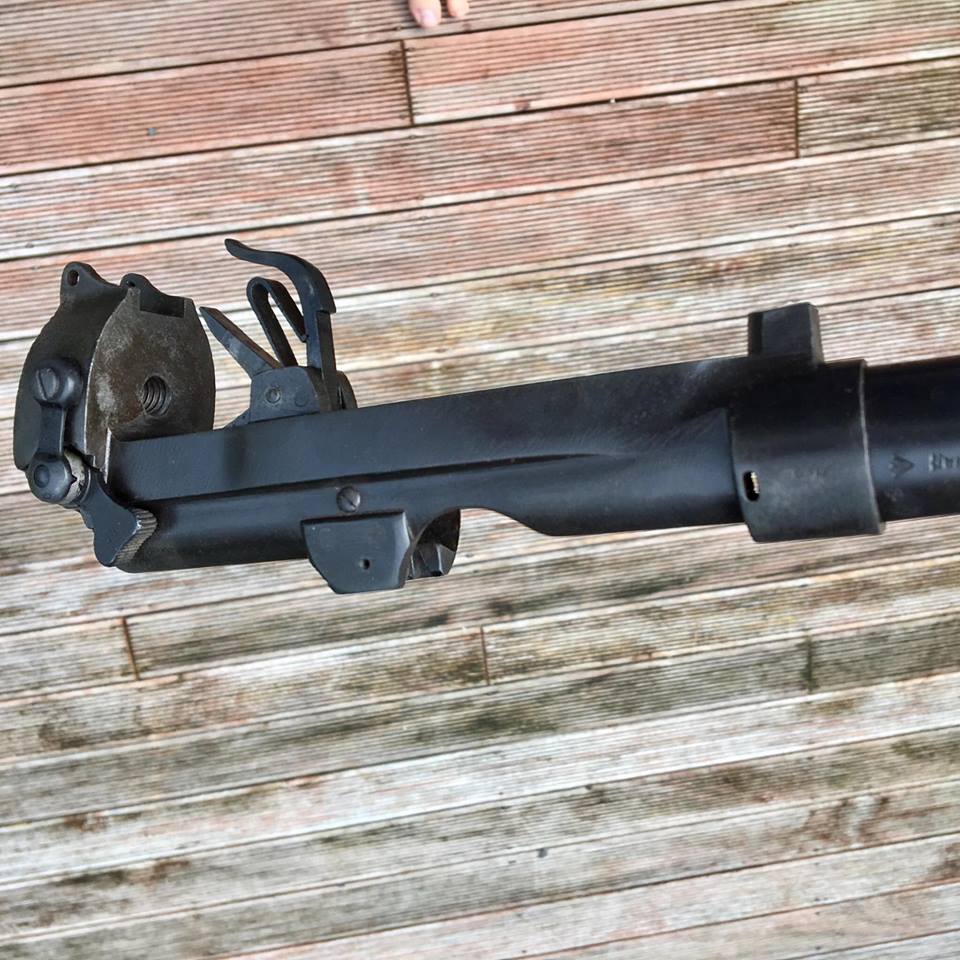
First on the list was to strip it down and remove the hideous furniture, which I’m sure at some point had been used as a dog’s chew toy. This revealed, unsurprisingly, more rust.
The rifle was completely stripped, cleaned and then taken to a good friend, Henry at Auckland Cams, for a swim in his parkerizing baths. I’m more than happy with the results, with all the blued surfaces coming out great, with the exception of the pitting in the steel from the previous rust, however, this is kind of to be expected of a 102-year-old rifle that hasn’t exactly been a safe queen.
Geoff’s rifle is resplendently coated in “zombie green”, and as amazing as it looks, I didn’t want to build an exact copy so I chose red for the colour scheme, and proceeded to coat the selected parts such as the trigger, mag etc in a good coat of 2 pac, bright red epoxy, ensuring not to paint any of the mating surfaces that require the tolerances to remain the same.

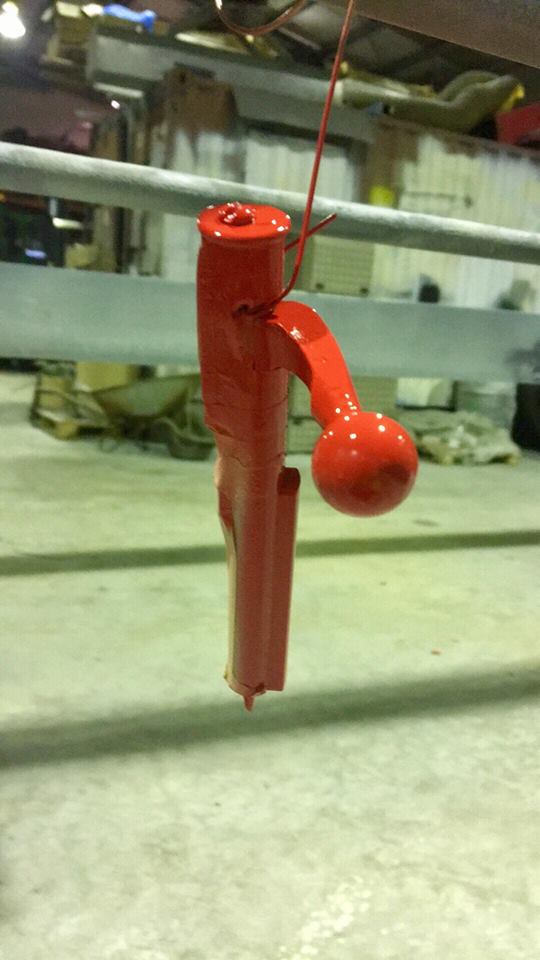


After dry firing, the rifle it was safe the say the trigger was as refined as dragging your finger through a pile of scoria. Now I’ll be the first to admit I am a trigger elitist and love a beautiful, crisp two stage aftermarket trigger.
Whilst there are aftermarket options available for the SMLE platform, in the philosophy of “cheap”, I decided to have an attempt at sprucing it up myself. I light sand with some sand paper were required to remove some of the pitting in the trigger and sear faces, being careful not to remove material from the sear edge.
Then a quick session with a Dremel and some Autosol resulted in surfaces with an almost mirror finish. The result? Well, it’s no Timney. The trigger is definitely smoother and feels cleaner, but it is still a trigger group manufactured in 1915….
More soon!

